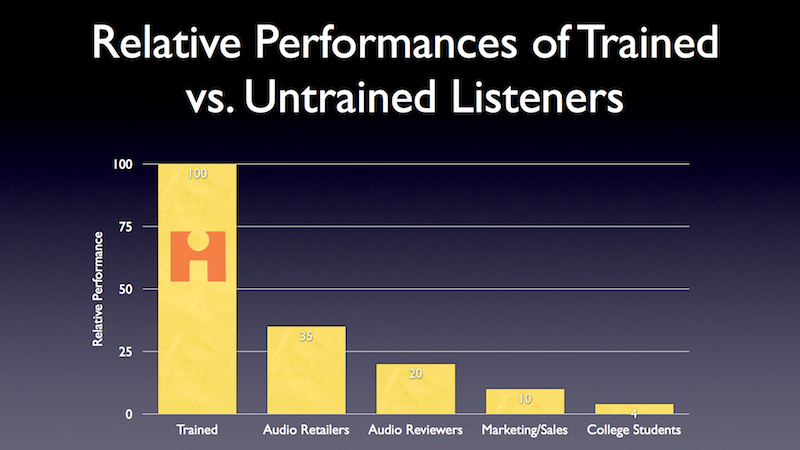Ah, that's the whole thing then. It seems like a roundabout way of trying to come to a conclusion re Audiosciencereview Klippel accuracy by comparing current measurements of a 20 yr old speaker with tests done nearly 20yrs ago in an anechoic chamber which itself is not perfect (anechoic chambers)....I'm not sure how valid that comparison is, doesn't seem much can be learned that way, too many inconsistencies & inaccuracies I would hazard. Like mentioned in that other thread, testing the same speaker model and unit at the different "Klippel testing sites" (Klippel themselves / audiosciencereview) is praps the only way to be sure. Wouldn't it be easier to just choose a 'controversial' (or maybe even uncontroversial) speaker that Amir has access to and then send it themselves to Klippel for testing to see if it marries....that's simplest no?There have been a ton of comments regarding the accuracy of the Klippel, or at least Amir‘s setup. Buchardt uses one and Amir’s measurements weren’t identical. Neumann‘s KH80 showed a valley in the bass in 2 models, so Neumann sent 1 model to Klippel themselves and their measurements don’t have that valley.
Even noted in this review, his mic setup causes some wiggles in the response, this was worse in earlier measurements, and it makes it look as if the speaker has resonances.
EDIT: are you sure that this is the purpose of this review, doesn't make sense to me?
Last edited:






